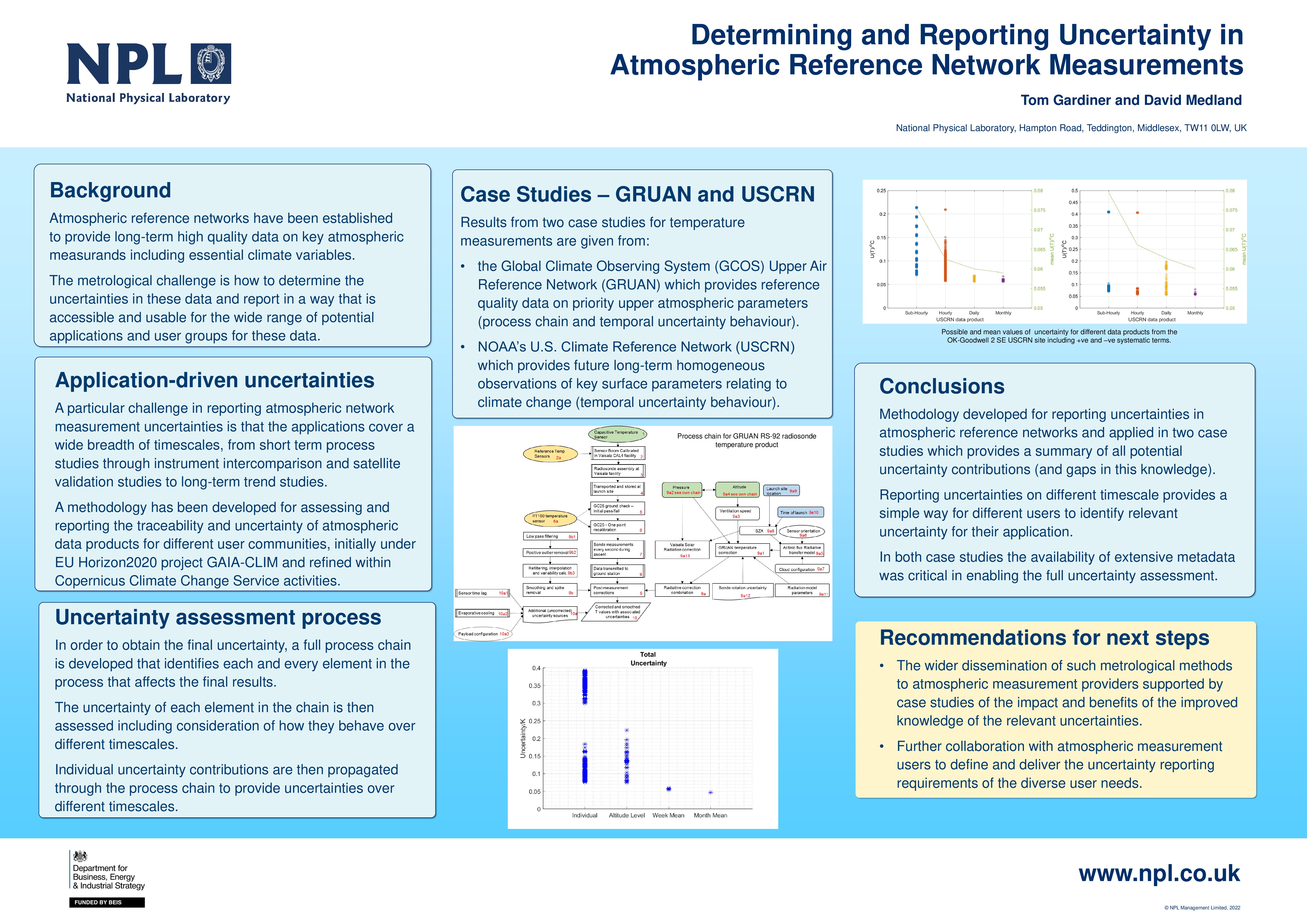↩︎ Back
Towards standardisation of black carbon monitoring instruments: Recent progress and remaining challenges
by Prof. Griša Močnik, Dr. Daniel M. Kalbermatter, Dr. Luka Drinovec, Dr. Visser Bradley, Dr. Jannis Röhrbein, Mr. Matthias Oscity, Prof. Ernest Weingartner, Dr. Antti Hyvärinen, Dr. Konstantina Vasilatou
ABSTRACT
Black carbon (BC)-containing aerosol particles, produced from incomplete combustion of carbonaceous fuels, exert significant radiative forcing by absorption of sunlight in the visible part of the spectrum. This influence on the Earth’s radiative balance cannot be easily quantified because BC particles in ambient air are usually internally mixed with organic and/or inorganic species, which may cause absorption enhancement. Despite many different commercial BC-monitoring instruments, quantification of aerosol BC absorption coefficient and its mass concentrations remains a challenge. Deviations 15-30% among instruments of the same type and up to 50-60 % for instruments of different measurement principles have been reported. Direct measurement is preferable over indirect methods such as filter photometry or extinction-minus-scattering. Using filter photometers is challenging due to systematic artifacts and the lack of standardized calibration procedures and materials. We describe an intercomparison of BC and aerosol absorption instrumentation with laboratory-generated soot particles coated with controlled amounts of secondary organic matter (SOM). The aerosol generation setup consisted of a miniCAST 5201 BC burner for the generation of soot particles and a new automated oxidation flow reactor based on the micro smog chamber for the generation of SOM from the ozonolysis of α-pinene. Test aerosols were generated with elemental to total carbon mass fraction 10% – 90 % and single scattering albedo (637 nm 0 – ~0.7. An aethalometer AE33, a photoacoustic extinctiometer (PAX), a multi-angle absorption photometer, a prototype photoacoustic instrument and two photo-thermal interferometers (PTAAM2 and MSPTI) measured test aerosols in parallel. While significant deviations in the response of the instruments were observed depending on the amount of SOM coating, there is consistency among direct methods in the quantification of the absorption enhancement due to coating of absorbing aerosol cores. These methods can be standardized and provide a straightforward and reproducible procedure for the inter-comparison and characterization of both filter-based and direct BC-measuring instruments based on realistic test aerosols. The measurements can be extended to experiments with ambient aerosols, benefiting from the cooperation with the ACTRIS European research infrastructure and the associated research community and impacting the planned addition of BC to substances to be measured under the air quality guidelines by the European Commission. We will take advantage of the newly developed direct measurement methods to determine optical properties of globally heterogeneous internal and external aerosol mixtures and their influence on the indirect measurement methods, resulting in robust input and calibration/validation datasets for climate models.
VIDEO
POSTER
